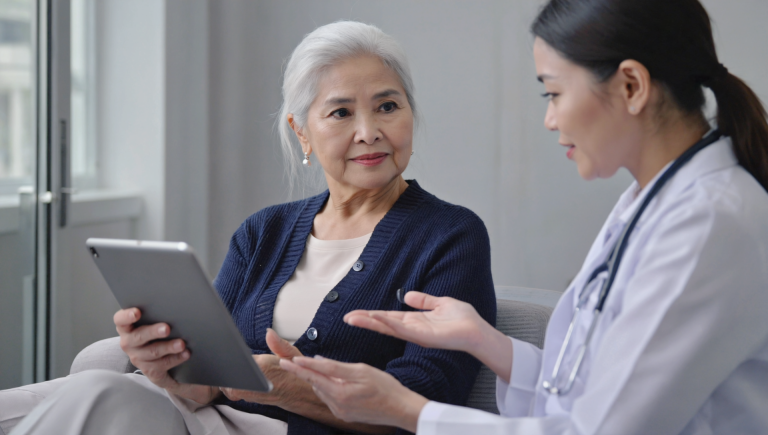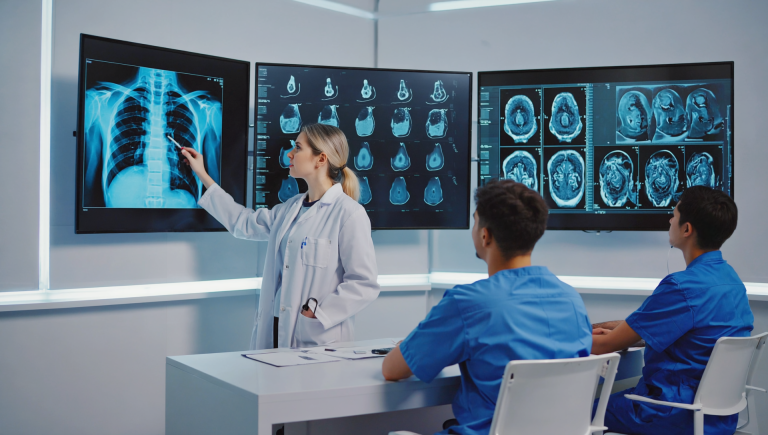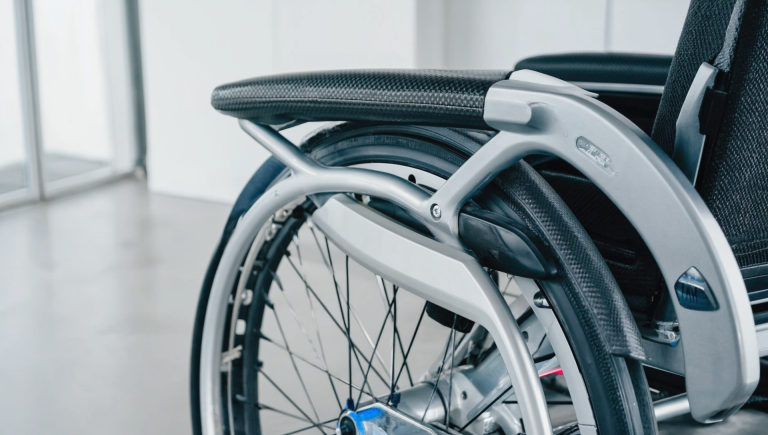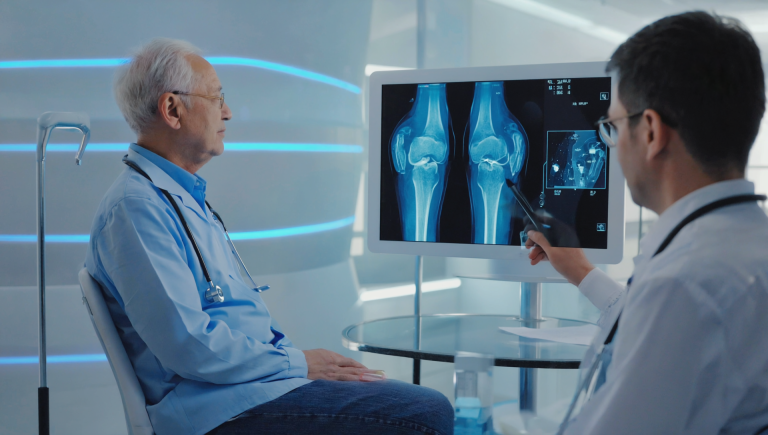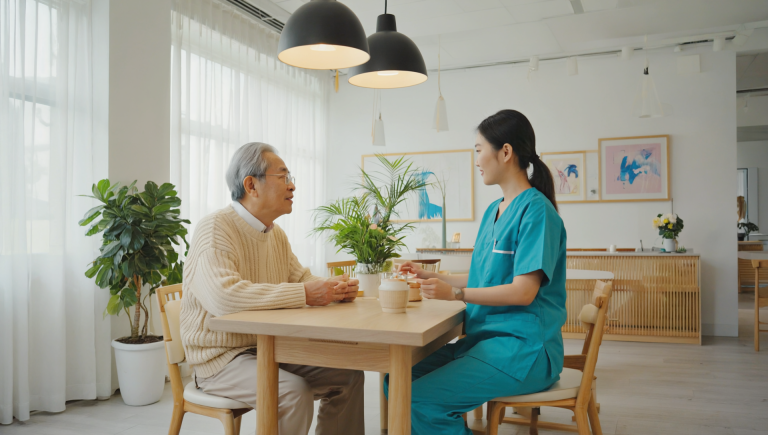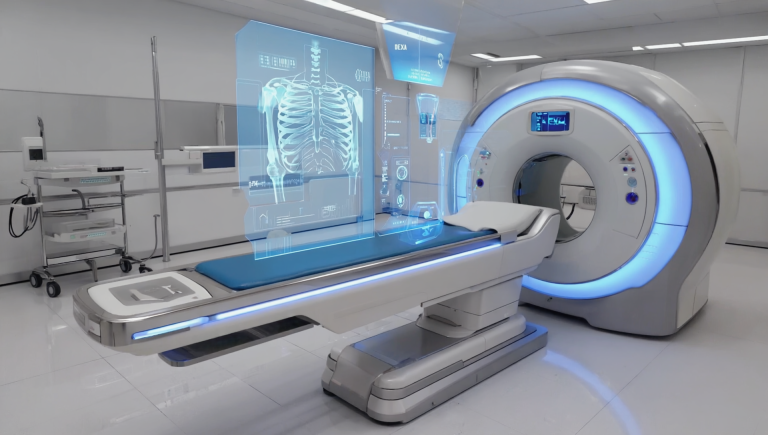Relieving Migraine Discomfort: Exploring Effective Massage Techniques
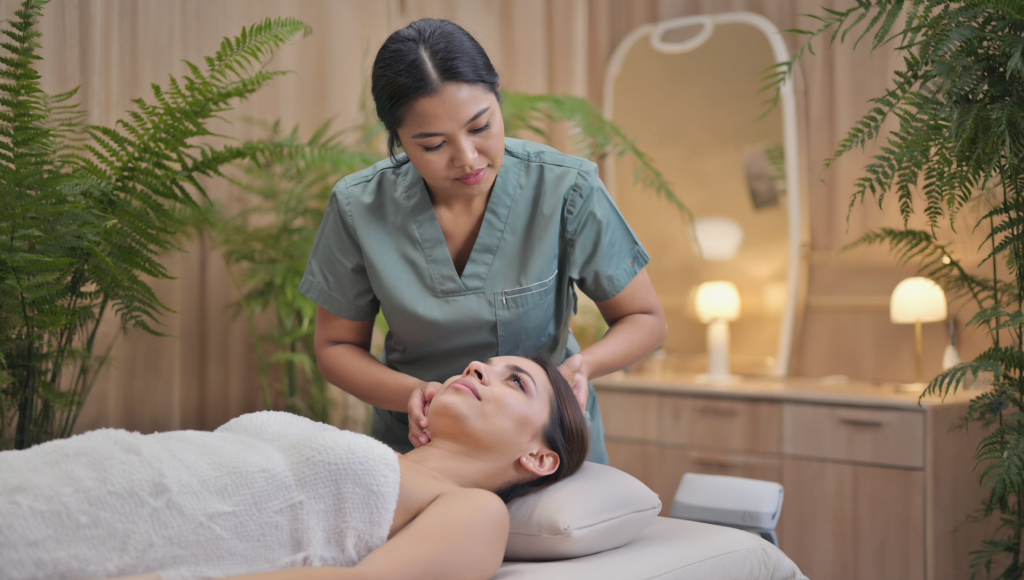
Migraines are a debilitating neurological condition that affects millions of people worldwide. Characterized by severe head pain, sensitivity to light and sound, and often accompanied by nausea, migraines can disrupt daily life and significantly impact overall well-being. In the quest for effective relief, many individuals are turning to massage therapy as a natural, non-invasive way to alleviate symptoms. This article explores various massage techniques designed specifically to ease migraine discomfort, examines their benefits, and discusses additional self-care strategies that can complement these treatments.
As the prevalence of migraines continues to rise, so does the need for comprehensive treatment approaches that address not only the pain but also the underlying triggers and associated symptoms. With advancements in research and a deeper understanding of migraine mechanisms, massage therapy has emerged as a promising complementary treatment. By targeting muscle tension, reducing stress, and enhancing blood circulation, effective massage techniques can help mitigate the intensity and frequency of migraine attacks. In the following sections, we will delve into the science behind migraines, outline the benefits of massage therapy, and provide practical guidance on various massage techniques that have shown promise in offering relief.
Understanding Migraines and Their Impact
Migraines are more than just severe headaches; they are a complex neurological disorder with a range of symptoms that vary from person to person. Common features of migraines include pulsating or throbbing pain, often on one side of the head, and can be accompanied by visual disturbances (aura), sensitivity to light, sound, and smells, and even gastrointestinal issues such as nausea and vomiting. The exact cause of migraines is not fully understood, but they are believed to result from a combination of genetic, environmental, and neurological factors.
Stress, hormonal changes, certain foods, and environmental triggers can all contribute to the onset of a migraine. The unpredictable nature of migraine attacks often leaves sufferers feeling helpless and frustrated, as even simple daily activities can become overwhelming during an episode. The chronic nature of migraines not only affects physical health but also has a significant emotional and psychological toll, making effective management strategies essential for improving quality of life.
Recognizing early warning signs and understanding individual triggers are critical steps in managing migraines. Many patients find that a combination of lifestyle adjustments, medication, and complementary therapies such as massage can provide a more holistic approach to migraine relief.
Benefits of Massage Therapy for Migraine Relief
Massage therapy offers a range of benefits for individuals suffering from migraines. One of the primary advantages is its ability to reduce muscle tension, particularly in the neck, shoulders, and scalp—areas commonly associated with migraine pain. By easing muscle tightness, massage can help decrease the frequency and intensity of migraine attacks.
In addition to muscle relaxation, massage promotes increased blood circulation, which can help alleviate the vascular components of migraine pain. Improved blood flow facilitates the delivery of oxygen and nutrients to tissues while aiding in the removal of metabolic waste products that may contribute to inflammation and pain.
Another significant benefit of massage is its role in stress reduction. Chronic stress is a well-known trigger for migraines, and regular massage sessions have been shown to lower cortisol levels—the body’s primary stress hormone. This reduction in stress not only helps prevent the onset of migraines but also enhances overall emotional well-being.
Furthermore, massage therapy can improve sleep quality, which is essential for individuals who suffer from migraines. Better sleep patterns contribute to overall health and can help mitigate the severity of migraine episodes over time.
Effective Massage Techniques for Migraine Relief
Several massage techniques have been found to be particularly effective in relieving migraine symptoms. One of the most common approaches is gentle circular massage around the temples and forehead. This technique helps to alleviate tension in the muscles surrounding the head, reducing pressure on the pain centers.
Another effective method is a focused massage on the neck and shoulders. Since tension in these areas can contribute to migraine pain, applying sustained pressure with slow, deliberate strokes can release tight muscles and improve blood flow. Many therapists recommend using moderate pressure and gradually increasing intensity based on the patient’s comfort level.
Acupressure is also a popular technique for managing migraines. By applying pressure to specific points on the body, such as the space between the thumb and index finger (known as the LI4 point), practitioners can help release energy blockages that are believed to contribute to migraine pain. Some individuals find that regular acupressure sessions significantly reduce both the frequency and severity of their migraines.
In addition, some massage therapists incorporate techniques from traditional Chinese medicine, such as reflexology, to target specific areas of the body that correspond to headache relief. These techniques often involve stimulating points on the feet or hands that are thought to reflect the overall health of the body.
Combining these massage techniques with deep breathing exercises can further enhance relaxation and pain relief. Deep, rhythmic breathing helps to lower heart rate and promote a state of calm, making it easier for the body to release tension and recover from a migraine attack.
Additional Therapies and Self-Care Strategies
While massage therapy can be highly effective in managing migraine symptoms, it is often most beneficial when combined with other self-care strategies. Maintaining a healthy lifestyle, including regular exercise
